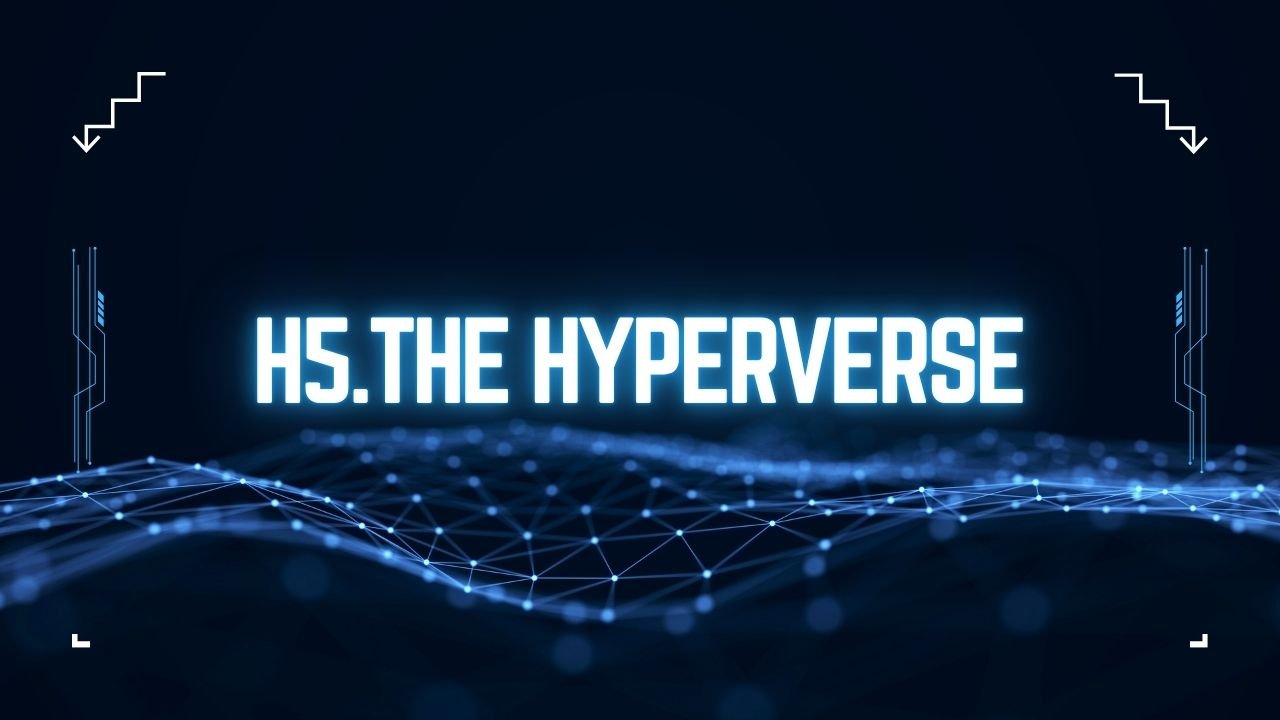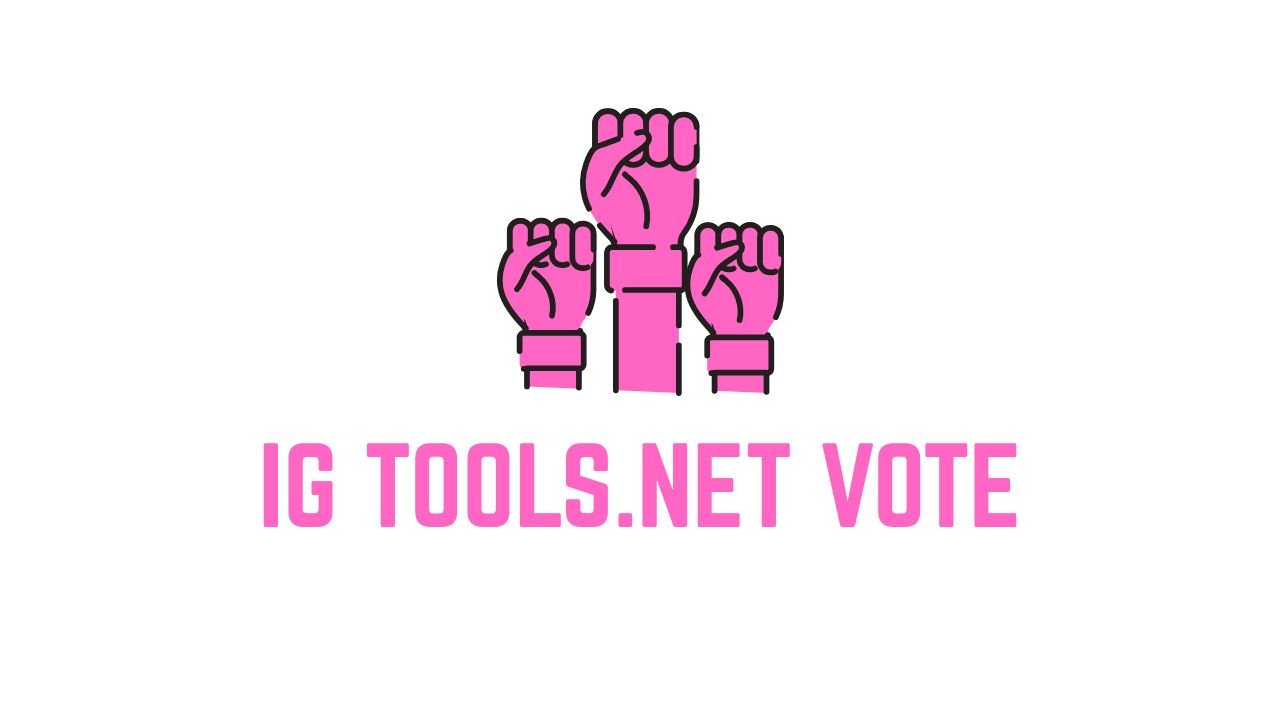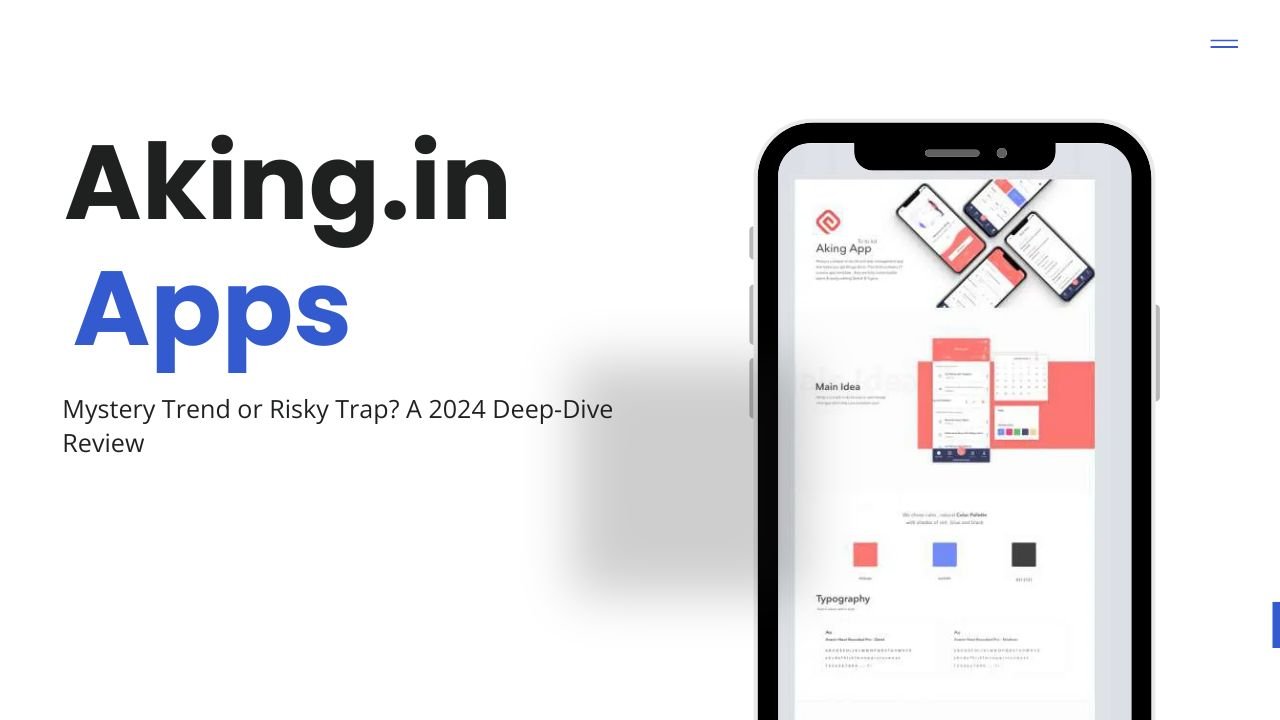The Hyperverse (usually written as h5.the hyperverse.net or previously h5.thehyperfund.com) is positioned as the second-generation decentralized metaverse platform – uniting virtual land, NFTs, DeFi, gaming and community governance. It is marketed by its promoters as a decentralized universe in which the users can purchase digital estates, design dApps, create space-based adventures, and receive passive incomes as a result of staking HVT tokens.
However an ominous trend has developed: where instead of innovation, h5.the Hyperverse seems to replicate the same, disastrous roadmap as the previous two, HyperFund and HyperVerse, projects that proved to be disastrous Ponzi schemes and left a trail of devastated investors. Let us see what this platform declares and what users testify about and why this is why researchers call it a dangerous place.
Core Promises of h5.the Hyperverse
According to promotional content (e.g., Brotechnologyx), h5.the Hyperverse dabbles in a mix of metaverse and DeFi offerings:
- Decentralized governance through a DAO where users vote on development, token distribution, and feature rollout.
- Hyper‑scalable blockchain purported to handle millions of concurrent users via custom “h5 blockchain.”
- Avatar-based identity, customizable to represent users in virtual worlds.
- Virtual land parcels you can build on, monetize, rent, or trade.
- Native token (HVT) used for staking, governance, crafting NFTs, powering in‑world expeditions, and trading within the ecosystem.
- dApp development, enabling users to deploy apps directly within the metaverse.
- Space exploration features, intended to simulate building rockets, landing on planets, and resource mining.
These elements are wrapped in glossy marketing that targets gamers, NFT enthusiasts, and speculators alike.
Summary Table: Claims vs. Reality
| Feature / Claim | What is Promised | What Actually Happens / Risks |
| Decentralized Governance | Token holders govern via DAO | No proof of active DAO proposals; central leaders control key decisions |
| Scalability | Custom h5 blockchain handles millions simultaneously | No technical audits or performance data; backed by shady heritage of failed Hyper‑schemes |
| Virtual Land & NFTs | Buy, build, rent, trade virtual land parcels | Likely non‑fungible assets tied to unregulated tokens with no real marketplace |
| Native Token (HVT) | Airdrops, staking, rewards, utility and governance token | Tokens lack utility, liquidity; early adopters report frozen assets |
| dApp Support | Users can deploy applications in‑platform | No live ecosystem; platform seems dormant |
| Space Expeditions | Simulated space builds/exploration | No beta version or demo; likely promotional smoke |
| Entry-level Investment | Get started with small sums; earn daily returns | Mirroring Ponzi: early wins incentivize more people before collapse |
| Celebrity Endorsements | Backed by high-profile figures | Echoes past scams that used Cameo clips from Chuck Norris & Steve Wozniak |
| Transparency & Trust | Claimed regulated, decentralized, audited | Referrals and reviews link this site to multiple scams |
Real-World Feedback & Warning Signs
Scam Reports on Trustpilot
Multiple reviews describe frozen withdrawals, blocked logins, and lost funds:
- “Avoid like the plague…10–12k later they stopped withdrawals”.
- “I lost 4 lakh rupees…bloody scammers” .
Scam Alerts from ScamWatcher
The ScamWatcher report labels h5.thehyperverse.net as a confirmed investment scam, echoing concerns seen in h5.thehyperfund.com.
Reddit Insights
The original HyperVerse—a predecessor to h5—was thoroughly exposed as a Ponzi late 2021:
- Discussion exposes the daily payout model (0.5% a day → 300% in 600 days), classic red flags.
- Forum posts uncover that their “CEO Steven Reece Lewis” is fictional, actors hired, and funds siphoned.
Regulatory and Journalistic Exposés
Investigations by The Guardian and Business Insider confirm:
- A $1.3–1.9 billion Ponzi collapse, global SEC and legal actions underway.
- Founders Sam Lee, Ryan Xu, and hired frontmen like Stephen Harrison are under investigation, including charges of fraud.
How h5.the Hyperverse Mirrors Past Scams
- Rebranded Platform – Face-lifted version of HyperFund/HyperVerse with similar domain names (h5.thehyperfund.com, h5.thehyperverse.net).
- Too-Good-to-Be-True Returns – Offering unsustainable 0.5% daily or 300% in under two years = pump-and-dump Ponzi structure .
- Fake leadership and endorsements – CEOs and celebrity videos are bought via Cameo, not genuine partnerships.
- Withdrawals disabled – Early users paid, later cut off when inflows slowed.
- Global regulatory concerns – Future warnings from UK, Australia, India, Nepal, Germany pointing to fraud .
Ultimate Risk Assessment
| Risk Area | Reality Check |
| User Withdrawals | Blocked or severely delayed; dozens report locked-out funds |
| Token Value & Utility | Lacks real utility; holders stuck in illiquid HVT/MOF with centralized control |
| Regulatory Status | No compliance or recognition; targeted by global regulators |
| Transparency | No audit reports; lacks real credentials or proven tech |
| Leadership Credibility | Fake CEO; founders in hiding; paid promoters |
| Investment Dependency | Entire model depends on continuous new inflows |
Should You Invest in h5.the Hyperverse?
Strongly avoid it. To summarize:
- This is a classic rebrand of the HyperVerse Ponzi that lost ~$1.9 billion globally.
- Trustpilot and ScamWatcher flag it.
- Journalistic exposés and legal cases have confirmed the founders used fraudulent tactics.
- Reddit threads and investor testimonies confirm frozen withdrawals and pump-and-dump mechanics.
In short, there’s no justification to risk your money here—only significant evidence of loss, fraud, and emotional distress among participants.
Safer Alternatives & What to Look For
If you’re fascinated by metaverse or decentralized ecosystems, consider legitimate projects:
- Blockchain-backed metaverses: Decentraland, The Sandbox
- NFT-based protocols: OpenSea, Rarible (exploring governance tokens, land NFTs)
- Regulated DeFi projects: Aave, Compound
Red flags to watch:
- Guaranteed high returns (daily or monthly)
- No credible audit or open-source code
- Nonexistent or unverified leadership
- Pressure to recruit others for bonuses
Conclusion
h5.the Hyperverse itself is not an actual metaverse platform its just an advanced rebranding of a worldwide Ponzi that upon being brought to the attention of the regulatory environment as well as the mass entertainment due to the public outcry fell right off the board. Hundreds of millions involved, not to mention fake CEOs, unwarranted payment, and never-ending victims, the reward is much less than imaginary benefit. When the prospect of some form of governance being less centralized or the concept of virtual land ownership sounds too fantastic in any way, it most probably is.
Read Our More Blogs:-










Leave a Reply